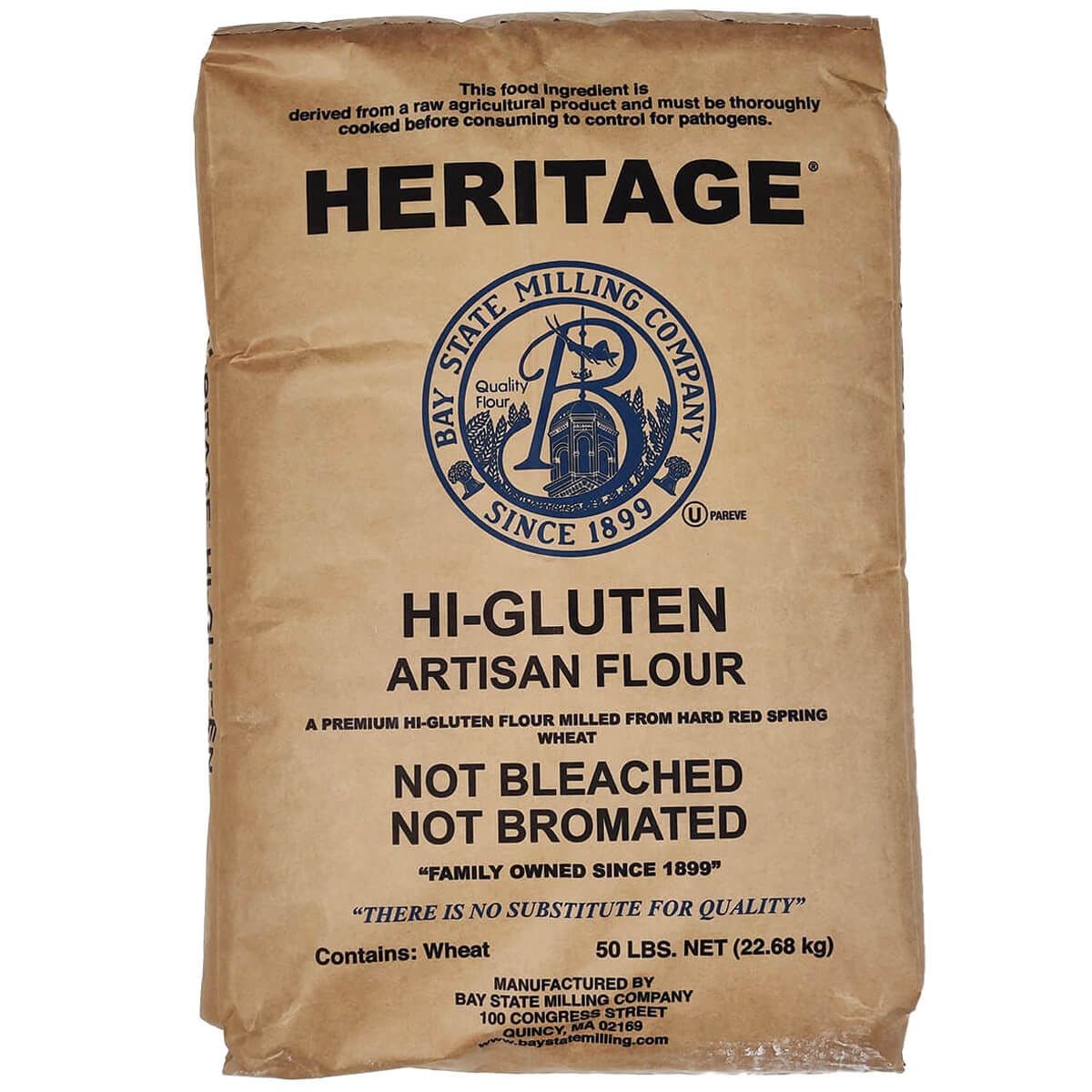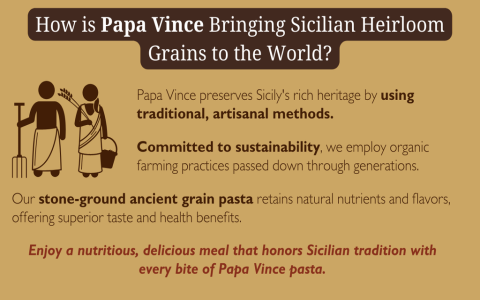So, I got my hands on this heritage high gluten flour a little while back. Been hearing folks talk about it, you know, how it’s supposed to be different, maybe better for certain bakes. I figured, why not, I’ll give it a shot and see what all the fuss is about.
My First Goof-Ups
First thing I did, like probably a lot of people would, I just swapped it straight into my usual sourdough recipe. I thought, hey, it’s “high gluten,” this is gonna make some killer bread. Boy, was I off the mark.

The dough just felt… odd. It was incredibly thirsty, way more than the regular bread flour I’m used to. I kept adding a bit more water, then a bit more, and it just drank it all up. Then, when it came time to shape it, it was like trying to wrestle a slippery eel. It was sticky, for sure, but also had this strange, almost tough strength to it at the same time.
And that first loaf? Well, let’s just say it could’ve probably held a door open. It was dense. The crust was tough in a not-so-good way. Not exactly the artisan masterpiece I was hoping for.
Figuring This Beast Out
I’ll admit, I was pretty disappointed. This heritage flour wasn’t exactly the cheap stuff from the corner store. But I’m not one to give up easily, especially when I’ve spent good money. So, I decided I needed to understand this flour a bit better.
I didn’t dive into crazy technical papers or anything. I just started looking around, seeing what other home bakers, regular folks like me, were saying about it. It slowly dawned on me that this “heritage” part, and even the “high gluten” part, means it behaves differently. It’s not just about the amount of gluten, but maybe the type or quality of it. It seemed to need a lot more water, yeah, but also maybe a gentler touch and different timing for fermentation.
So, for my next attempt, I really upped the water. I was more careful with my mixing, doing more gentle folds instead of my usual more aggressive kneading. And I watched that dough like a hawk during its first rise, really paying attention to how it was behaving.
The Story of Why I Even Bothered
You’re probably thinking, why go through all this hassle for a bag of flour? It’s a fair question. It kinda goes back a few years. I got really into trying to eat a bit healthier, cutting out processed stuff. I started reading the labels on store-bought bread, and man, the list of ingredients was insane! Half of it I couldn’t even pronounce.
Around that time, a good friend of mine, let’s call him Dave, he’s been baking his own bread for what seems like forever. He had me over one day, and his place smelled absolutely amazing. He cut me a slice of this incredible sourdough he’d made, and that was it. I was totally hooked. I thought to myself, “I need to learn how to do this.”

I started with the basics, regular all-purpose flour, then moved on to standard bread flour. I was getting some pretty decent loaves, nothing to complain about. But Dave, he kept going on about these “older grains,” these “heritage wheats.” He swore they had more flavor, a better chew, if you just knew how to work with them. He was the one who eventually told me about this specific brand of heritage high gluten flour. He warned me, “It’s a bit of a challenge, but the flavor is worth it.” He definitely wasn’t wrong about the challenge part!
Where I’m At With It Now
So, after a few more bakes, tweaking this and that, adjusting hydration, messing with fermentation times, I finally started to get some really nice loaves. And Dave was right, the flavor was something else. It had this deep, nutty, wheaty taste that I just wasn’t getting with my regular flour. The texture was different too – a really satisfying chewiness in the crumb.
Here’s what I’ve sort of figured out, mostly by just doing it and messing it up a few times:
- It definitely needs more water than you think. Don’t be scared to add it.
- Letting it sit for a good while after mixing the flour and water (an autolyse, some call it) seems to really help it soak everything up properly.
- Be gentle when you’re shaping it. It can get a bit tough if you manhandle it too much.
- Keep an eye on your fermentation times. They might be shorter or longer than what you’re used to with other flours.
Is it my go-to flour for every single bake? Honestly, no. It’s a bit pricier, and it does demand more of my attention. But for those times when I want to make a really special loaf, or when I’m craving that truly rustic, full-bodied flavor, that’s when I reach for it. It’s become like a special occasion flour for me. And I reckon trying to tame it has actually made me a more observant baker, ’cause I really had to learn to read the dough.
So, if you come across some heritage high gluten flour and you’re feeling a bit adventurous in the kitchen, I’d say give it a try. Just go into it knowing it’s got its own personality. It’s not just a simple drop-in replacement for your usual stuff, but the results can be pretty rewarding when you get the hang of it.













